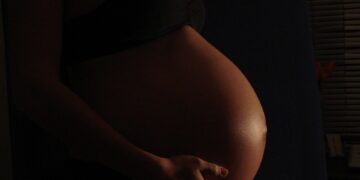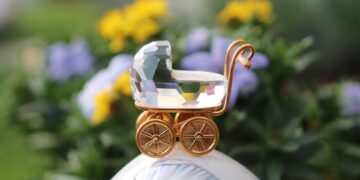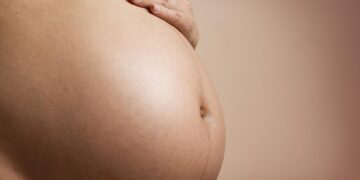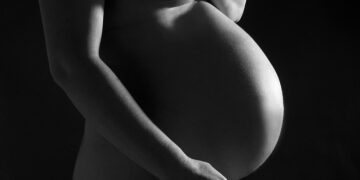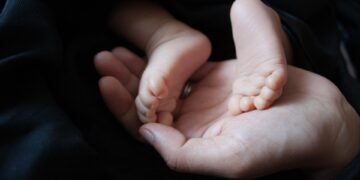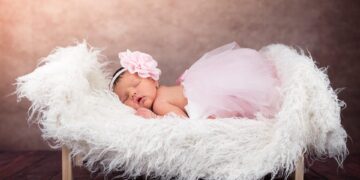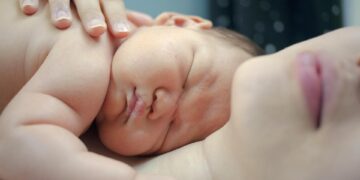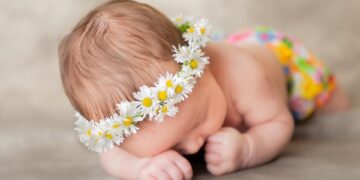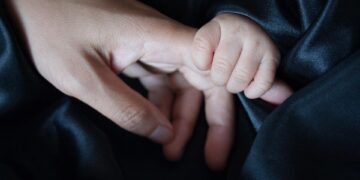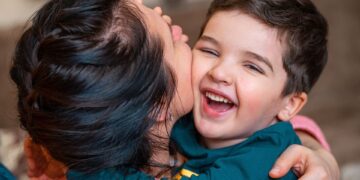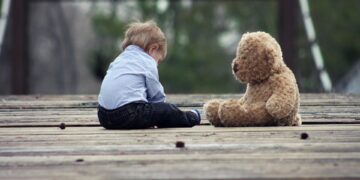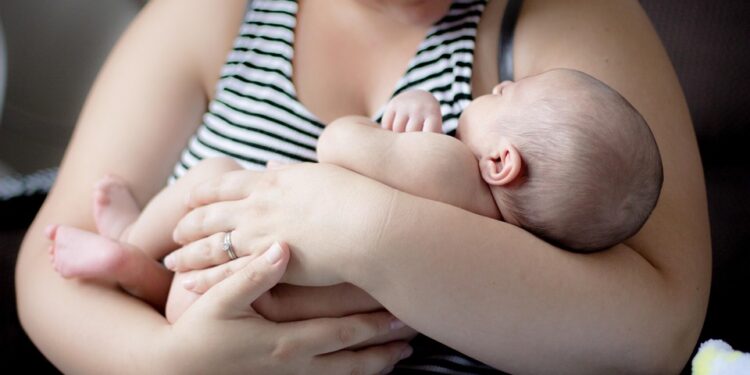Essential Tips for Proper Umbilical Cord Care: Keeping Your Baby Safe and Healthy
Bringing a newborn baby into the world is a joyous occasion, but it also comes with a lot of responsibility. One of the most important aspects of newborn care is proper umbilical cord care. The umbilical cord is the lifeline between the mother and the baby during pregnancy, and after birth, it needs to be cared for properly to ensure the baby’s health and safety. In this article, we will discuss essential tips for proper umbilical cord care to keep your baby safe and healthy.
What is the Umbilical Cord?
The umbilical cord is a flexible tube-like structure that connects the baby to the placenta in the mother’s womb. It is responsible for delivering nutrients and oxygen to the baby and removing waste products. After the baby is born, the umbilical cord is clamped and cut, leaving a stump that eventually falls off on its own. Proper care of the umbilical cord stump is essential to prevent infection and promote healing.
Essential Tips for Proper Umbilical Cord Care
Keep it Clean and Dry
One of the most important tips for proper umbilical cord care is to keep the area clean and dry. Gently clean the base of the cord stump with a cotton swab dipped in warm water and mild soap. Make sure to pat the area dry with a clean cloth afterwards. Avoid using alcohol or hydrogen peroxide, as these can be too harsh and may delay healing.
Avoid Submerging in Water
While it is important to keep the umbilical cord stump clean, it is best to avoid submerging it in water until it has fallen off on its own. This means avoiding full baths for the baby until the stump has healed completely. Instead, give your baby sponge baths to keep the area clean without exposing it to excess moisture.
Keep the Diaper Folded Down
Another important tip for proper umbilical cord care is to keep the diaper folded down to expose the stump to air. This will help the area to dry out and heal more quickly. Make sure to fold the diaper down in a way that does not put pressure on the cord stump or cause discomfort for the baby.
Watch for Signs of Infection
It is important to monitor the umbilical cord stump for any signs of infection. This can include redness, swelling, discharge, or a foul odor. If you notice any of these symptoms, contact your pediatrician right away. Infections of the umbilical cord stump can be serious and may require medical treatment.
Avoid Tight Clothing
While it is important to keep the umbilical cord stump exposed to air, it is also important to avoid tight clothing that can rub against the area. Choose loose-fitting clothes for your baby that do not put pressure on the cord stump. This will help to prevent irritation and promote healing.
Common Questions About Umbilical Cord Care
When will the Umbilical Cord Stump Fall Off?
The umbilical cord stump typically falls off on its own within 1-2 weeks after birth. It is important to let it fall off naturally, rather than trying to remove it yourself. If the stump has not fallen off after 2 weeks, contact your pediatrician for further evaluation.
Can I Bathe my Baby with the Umbilical Cord Stump?
It is best to avoid submerging the umbilical cord stump in water until it has fallen off on its own. Instead, give your baby sponge baths to keep the area clean. Once the stump has healed completely, you can begin giving your baby full baths.
What Should I Do if the Umbilical Cord Stump Bleeds?
If the umbilical cord stump bleeds slightly when it falls off, this is normal. You can gently clean the area with a cotton swab dipped in warm water and apply gentle pressure to stop the bleeding. If the bleeding persists or is heavy, contact your pediatrician for further guidance.
Conclusion
Proper umbilical cord care is essential for keeping your baby safe and healthy. By following the tips outlined in this article, you can help to prevent infection and promote healing of the umbilical cord stump. Remember to keep the area clean and dry, avoid submerging it in water, watch for signs of infection, and avoid tight clothing that can rub against the area. If you have any concerns or questions about umbilical cord care, do not hesitate to contact your pediatrician for guidance.
By following these essential tips for proper umbilical cord care, you can ensure that your baby stays healthy and happy during this important time of growth and development.


